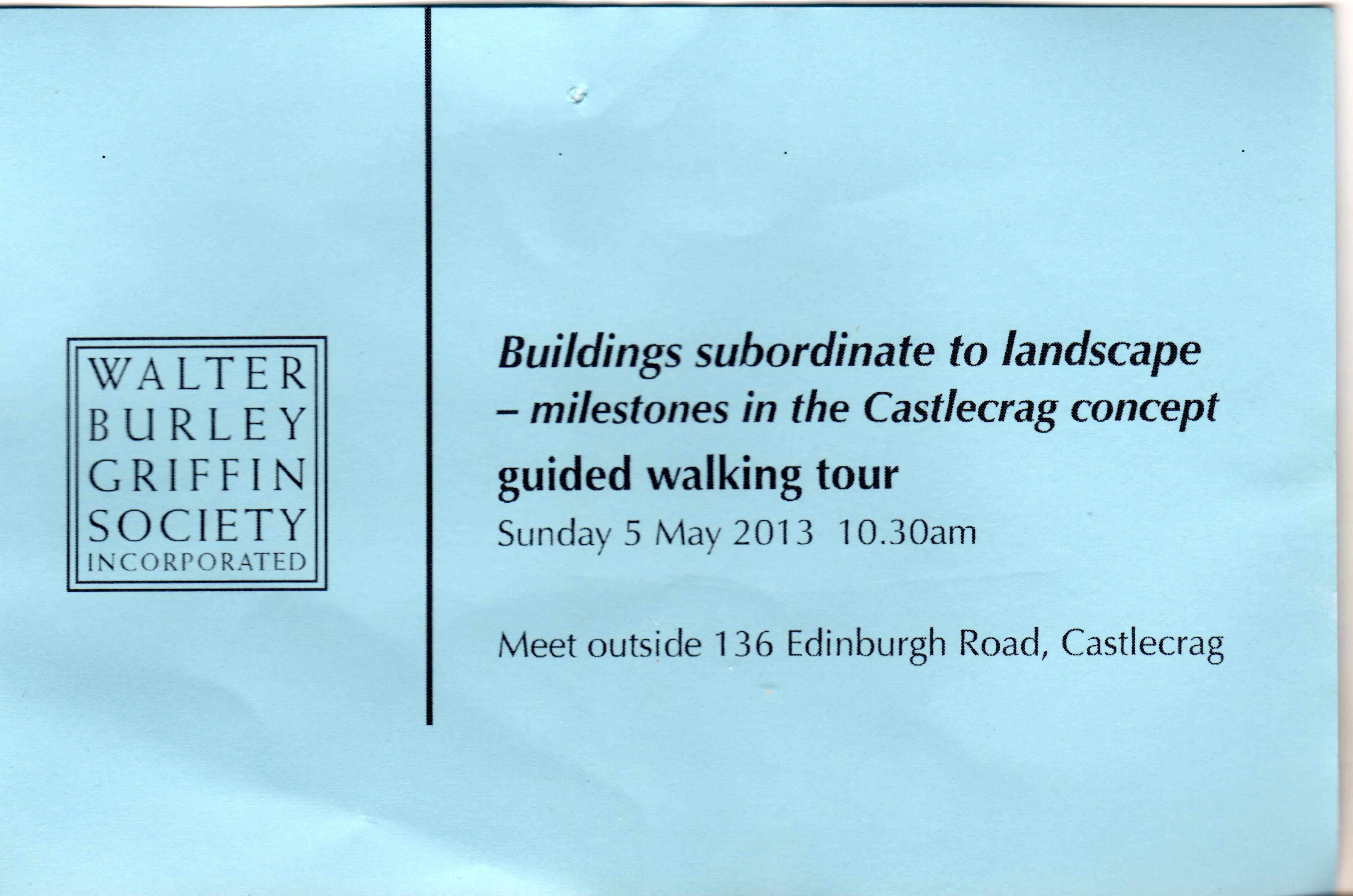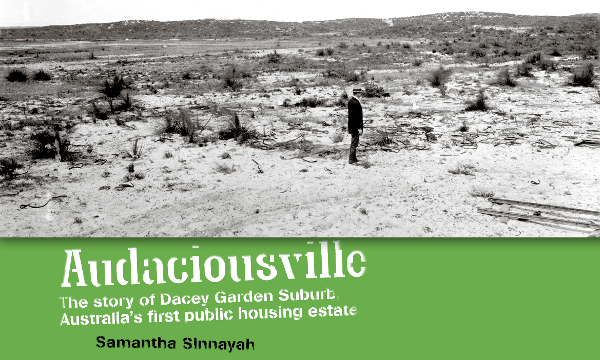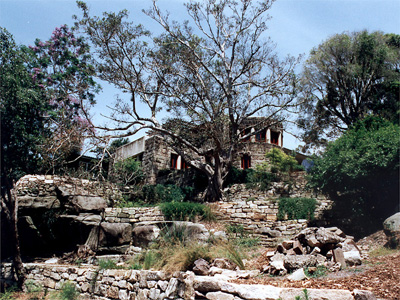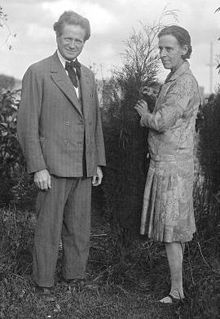We went on a guided tour of Castlecrag over two and a half hours. Recommended to those with an interest in social history.
The walk was informative and interesting. It focussed on Walter Burley Griffin and Marion Mahony, and also those whom they influenced in the continued development of Castle Crag, as it was spelt in those days. We walked there once on a rainy day and saw some of the streetscapes and houses, thanks to the web site of the Walter Burley Griffith Society. http://www.griffinsociety.org/index.html

That gave us a familiarity, but this walk was more detailed. It filled in many details and emphasized the community-building parts of the plan. We had the choice of an arduous clamor down to the water and back or a more gentile walk, which we choose. It was the right choice for my knees though I did (barely) mange to ascend and descend Edinburgh Rock. It was a fine and crisp autumnal day and the guide was knowledgeable and informative.
The common areas reminded me a little of the playgrounds and common areas in the Daceyville. Though Daceyville was earlier and a creation of official state planning which began in 1912 and was converted into a project for returned soldiers after The Great War. It was the product of the scourge of creative types who peopled Castle Crag, it seems from the repeated and caustic way they are mentioned, bureaucrats. It did not subordinate buildings to the salt bush plain.

In contrast to Castle Crag, Daceyville was working class. The houses are conventional both within and without. But rather than rows of terrace houses they were spaced around rings with inner play grounds and parks. It was for dinky-die Australians who still felt themselves to be British. Indeed the overall look of Daceyville is English.
For more see Audaciousville
http://swft.cobb.ent.sirsidynix.net.au/client/cobb/search/asset/164268?rm=DOCUMENT+ARCHI0%7C%7C%7C1%7C%7C%7C2%7C%7C%7Ctrue
Thanks to tax dollars, a free download.
In contrast, we we were reminded on our walk, Castle Crag, planned and partly built by two ex-patriot Americans attracted Chinese and European investors and residents. The Chinese came from Melbourne, while the Europeans fled Naziism. Its early residents, which were too few to make the project financially viable, were often self-styled Bohemians: artists, poets, and other dreamers, who also could never pay top pound for the Griffin-Mahony creations.
I heard it said that aboriginals were leaving on the point at Castle Crag when Griffin and Mahony came but there is nothing about that in the material.

Both Daceyville and Castle Crag seem to follow a line from the Garden City movement in England which was in turn was informed by William Morris’s News from Nowhere. For Griffith and Mahoney that line ran through Frank Lloyd Wright. For Daceyville it was directly inspired by Ebenezer Howard’s Letchworth, the first of the Garden Cities in England just outside London. When Howard failed to make a living in Lincoln Nebraska, Howard returned to England and in time he turned to town planning.
Aside, we have seen many references to the fact that in latter in life, after Walter had died, Mahony went back over some of the drawings done in his name and blacked it out. She never explained, so the slather (what is a slather?) is open. The feminists declare that she was reclaiming her own work that the dastardly Griffin had appropriated. The grey Marxists claim she was reclaiming her own work that the evils of capitalism had forced her to disown, and so on. The ideologues always find what they want to find. As predictable as a late bus.

How about this: she was mad at him for dying and leaving her alone. Everything we know, everything the above interpreters reluctantly admit, is that the two were nearly one in everything they did, though not given to spouting off about it. Then he went and died and left her alone, half. No wonder she was angry, which psychology bores will tell us is part of grief. No ideological mileage in that but maybe some truth, something that seldom interests either ideologues or journalists.
Skip to content
